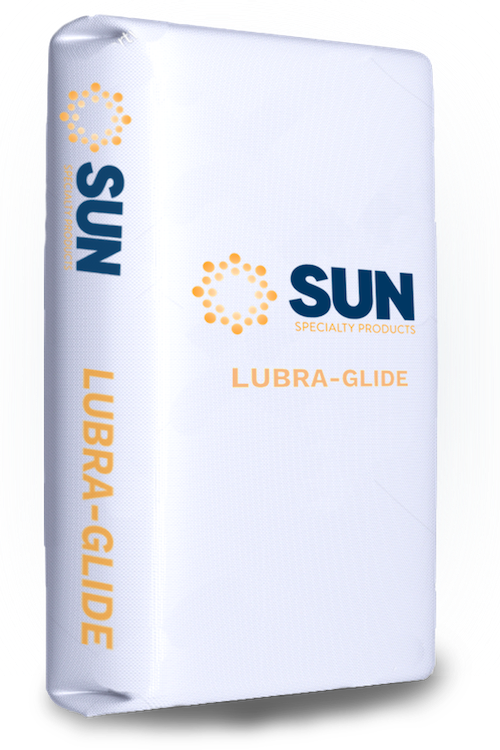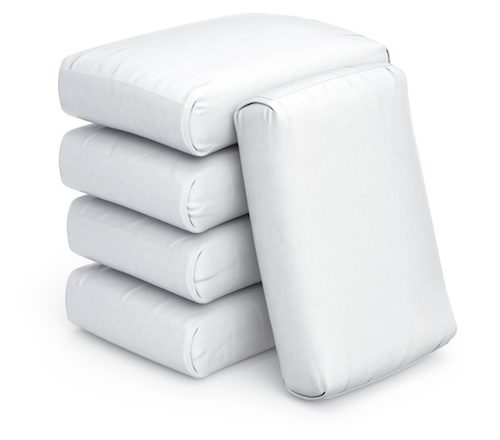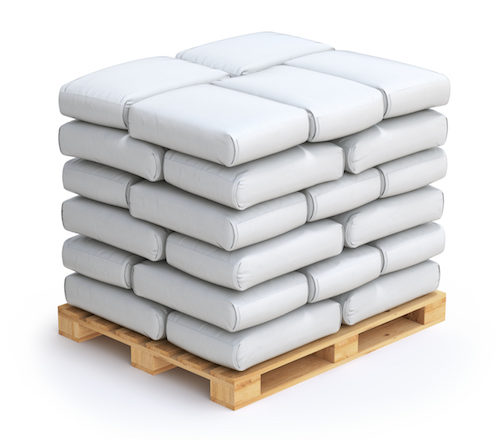
LUBRA-SLIDE®
CASING RUNS
SPECIAL APPLICATIONS
The challenge of resolving torque and drag issues economically, in the shortest amount of time is
not trivial. Sun Drilling Products meets this challenge with a dual particle blend which combines
SUN’s co-polymer bead technology and beaded graphite. Whether you are having a problem
getting through a tight spot or want to make sure your casing gets to bottom, Lubra-Slide™ Beads
provide you the lubricity and stand-off required.
Lubra-Slide™ Beads
Designed to:

50 lb/sacks (22.6 Kg)

Pallet (48 sacks of 50 lb)

2,000 lb super sacks





The optimum concentration of Lubra-Glide beads is ten (10) pounds per barrel. The volume of fluid to be treated is calculated based on the volume necessary to cover the open hole from the bottom of the hole to a point approximately two hundred (200) feet above the kick-off point in the open hole. If the kick off point is already behind casing, then the entire open hole volume should be treated.
Example: In a 12 ¼ hole the approximate volume would be 150 bbls per 1000 feet. At a minimum, a 10% allowance for washout is included. A minimum volume therefore of 165 bbls treated at 10 ppb would require 1650 pounds (33 sacks) of product per thousand feet. If you are aware of that being a larger percent based on well site information, adjust the volume accordingly.
It is critical that the treated fluid be isolated. This can be accomplished through the use of a slugging tank. If the volume required is greater than available in isolated tanks on location, the Lubra-Glide can be added as the fluid is being pumped. The addition will depend on the rate at which you are able to pump. The addition of beads in this manner requires planning on having sufficient beads near the suction tank in order to cut and dump the required 10 ppb (2 sacks per minute if pumping 10 bbl/min). In most cases where total isolation is not possible, a combination of both methods is used whereby the volume in the slugging tank is pumped first then the remainder is added via the suction tank.
Lubra-Glide is readily wettable, rapidly dispersible and requires no special pre-treatment when being added to the fluid. Adding the product at the suction is a common “pump & dump” practice. The key to this method lies in the personnel keeping a steady pace with the addition.
The placement of the Lubra-Glide beads is obviously critical to them providing the significant reduction in drag/friction when running casing. The optimum placement of the uppermost level of the treated fluid is about 200 feet above the kick-off point (from vertical) in the hole. This assumes that the resistance to the casing in the vertical hole is minimal and no “tight spots” or ledges exist.
Placement of treated fluid inside the previous casing string where the angle has been built is highly recommended. The benefit of the Lubra-Glide inside the casing is maximized since the beads will always work in their roller ball bearing configuration. This minimization of drag through existing casing allows for more weight to be applied in the lower sections of the pipe making it easier to get the pipe to bottom.
The pumping of the Lubra-Glide treated fluid should be performed as the last function before the drill pipe is removed from the hole and casing is to be run. It is recommended that the fluid is pumped with the drill pipe in place and not in a “slug & pull” approach. A straight pumping displacement has historically provided a better placement of the Lubra-Glide and eliminates any inconsistent dispersion of product down hole.

SUN is an ISO 9001:2015 certified technology-driven company actively serving the needs of the exploration and production industry by providing solutions that enhance their overall performance for more than 50 years.